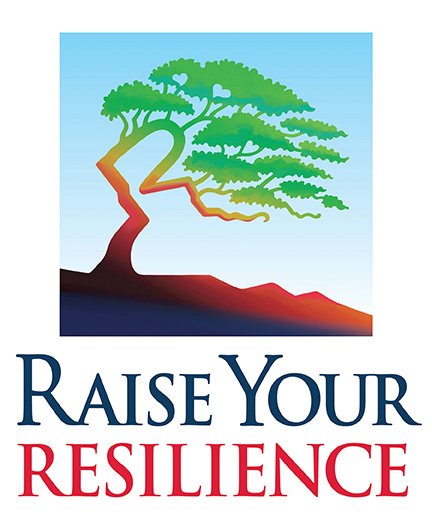When I founded Whidbey CareNet, my goal, and the goal of all the generous health care providers who offer free services to emergency responders through Whidbey CareNet, was to care for and support the people who care for us on our worst days.
Leckey, himself a firefighter and EMT, and I worked to build connections between providers and emergency responders in various ways. Eventually, we realized that it’s hard for givers to receive. Part of the culture among emergency responders is denying that they need help.
But the rate at which emergency responders are being diagnosed with PTSD (or killing themselves because they fear such a diagnosis would end their careers) is epidemic. We couldn’t give up on them and realized that the best way to help them was to empower them to help themselves.
We read book after book and learned somatic (body-oriented) antidotes to stress and trauma. We learned meditation, guided visualization, progressive muscle relaxation, and breathing exercises. We reached out to organizations such as Headspace, Health Journeys, and Heartmath. And then the founder of the North American Firefighter Veteran’s Network, a former firefighter with PTSD, recommended that we investigate Tension and Trauma Releasing Exercises.
Tension and Trauma Releasing Exercises were designed by David Berceli, Ph.D., who himself suffered from PTSD after returning from war-torn countries in the Middle East and Africa. Though Berceli entered into therapy for his PTSD, he realized that the expensive, years-long client-therapist paradigm for healing trauma in our country would not work in war-torn countries and natural disaster areas. There, he found that there were far too few therapists for the number of traumatized people–many of whom had lost everything and couldn’t afford therapy even if it was available.
Berceli was convinced that human beings must have a way of recovering from stress and trauma on their own. Trauma was a fact of life, he reasoned, and if humans couldn’t recover from it, our species would have gone extinct.
In Lebanon, while taking shelter in a basement with eight people from six different countries, Berceli noticed that everyone involuntarily contracted into a fetal position when a bomb exploded nearby. In Africa, he noticed that the children on his lap in a bomb shelter trembled during an aerial attack.
Berceli began to study which muscles are involved in the involuntary contraction he’d witnessed in the Middle East as well as the trembling he’d witnessed in Africa. He concluded that trembling released the contraction. It was the body’s way of discharging excess survival energy and could be activated at will to release years worth of accumulated fight-or-flight contractions. Berceli developed Tension and Trauma Releasing Exercises (TRE), which evoke the healing trembling response, and has since taught TRE all over the world.
We have been intrigued by the work of a number of pioneers in the field of stress, trauma, and their relationship to disease, including:
They were torn between pursuing training in Levine’s Somatic Experiencing and Berceli’s Tension and Trauma Releasing Exercises and attended introductory workshops in both. I asked Dr. Berceli how he would describe the difference between the work of Levine and his own, and he said “I’ve had to teach TRE during a five-hour cease fire.”
Dr. David Berceli and Leckey in Damascus, Oregon.
That was the moment I knew that TRE was perfect for what Leckey and I were trying to do. Though Levine’s Somatic Experiencing fascinated us, his technique requires clients to enter into a long-term one-on-one relationship with a Somatic Experiencing practitioner–exactly the thing emergency responders are unlikely to commit to. Berceli’s method, on the other hand, enabled us to quickly empower emergency responders to help themselves.
Tension and Trauma Releasing Exercises:
- Are the way the body naturally heals itself from stress and trauma.
- Invoke a tremoring response that we suppress for fear of being considered weak or afraid. (Have you ever “shaken like a leaf” in response to something physically or emotionally overwhelming?)
- Empower people to heal themselves.
- Do not require people to relive or talk about their trauma.
- Can stand alone or complement other healing modalities.
- Are an antidote to the fight, flight, and freeze response that we experience countless times a day.
* The photo of David Berceli with Colombian soldiers above was taken by Gabriel Aponte for El Espectador.


